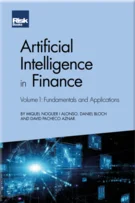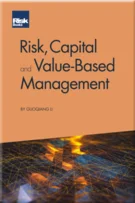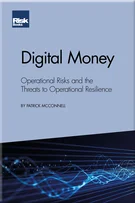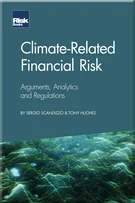Random Numbers and Applied Simulation
Preface
Risk Modelling and its Myths
Mastering the R Statistical Package
Key Concepts on Probability
Tools for Describing Risk Factors and Portfolios
The Essentials of Hypothesis Testing for Risk Managers
Alternative Methods to Measure Correlation
A Primer On Maximum Likelihood Estimation
Regression in a Nutshell
Fitting Probability Distributions to Data
Practical Principal Components Analysis
Three Essential Models for Volatility
Random Numbers and Applied Simulation
Tail Risk Modelling
Conclusion to 'Market Risk Modelling (2nd edition)'
Simulation is central to modern risk management. The two primary simulation approaches implemented for market risk analysis are historical simulation and Monte Carlo simulation. In this chapter, both of these techniques will be described. In addition, a fully worked case study is also presented, which explores the incremental return and risk to long-term retirement wealth accumulation that arises from the strategic inclusion of gold in lifecycle investing. Before discussing these simulation methods and presenting the case study, we need to know a little about generating random numbers and using these numbers to generate suitable probability distributions for risk factors.
RANDOM NUMBER GENERATION
Random numbers lie at the heart of simulation because they form the basis for generating risk factor probability distributions. A sequence of simulated random numbers should have two basic properties: uniformity and independence. Let {z1, z2, …, zN} be a sequence of random variables, where zmax and zmin are the maximum and minimum value in the sequence, respectively. If we divide the interval [zmin, zmax ] into k sub-intervals of equal length, uniformity implies that the expected number
Copyright Infopro Digital Limited. All rights reserved.
As outlined in our terms and conditions, https://www.infopro-digital.com/terms-and-conditions/subscriptions/ (point 2.4), printing is limited to a single copy.
If you would like to purchase additional rights please email info@risk.net
Copyright Infopro Digital Limited. All rights reserved.
You may share this content using our article tools. As outlined in our terms and conditions, https://www.infopro-digital.com/terms-and-conditions/subscriptions/ (clause 2.4), an Authorised User may only make one copy of the materials for their own personal use. You must also comply with the restrictions in clause 2.5.
If you would like to purchase additional rights please email info@risk.net










